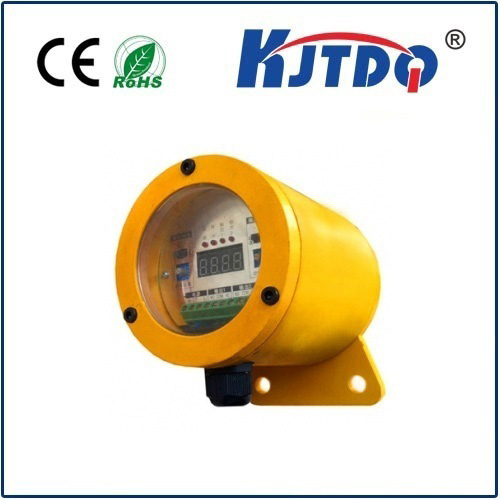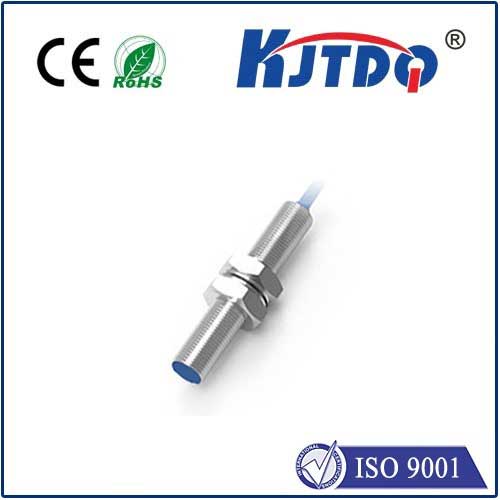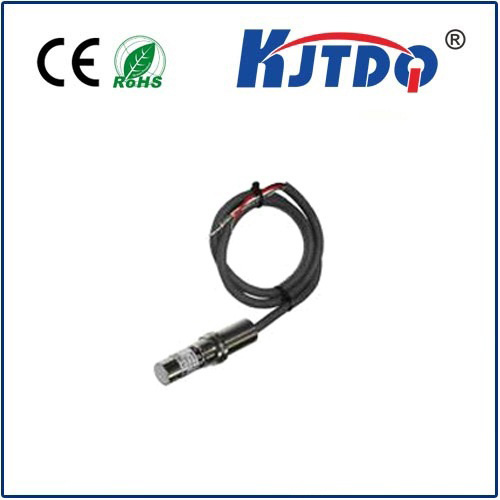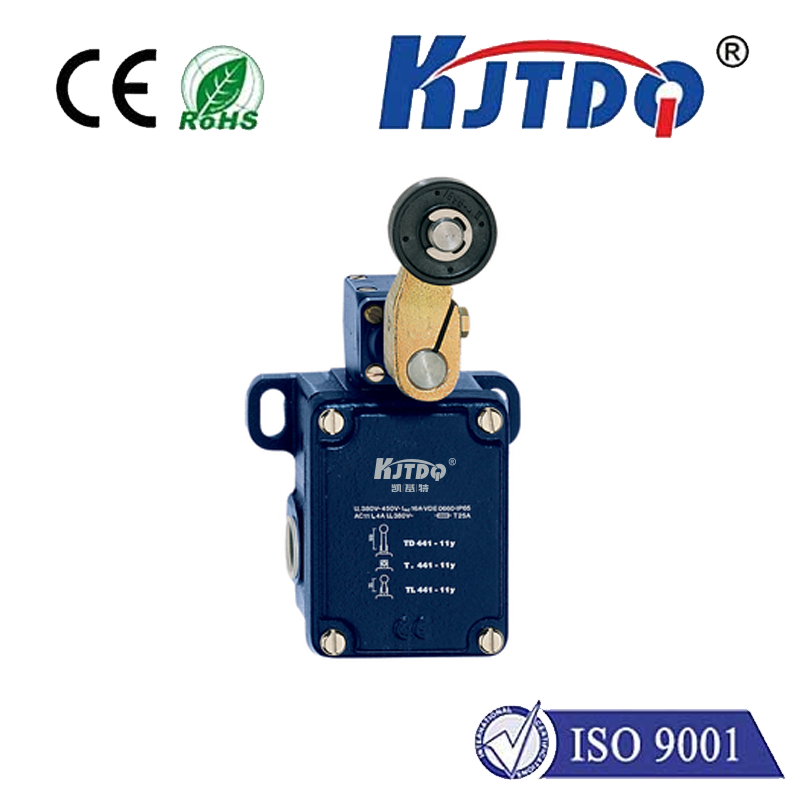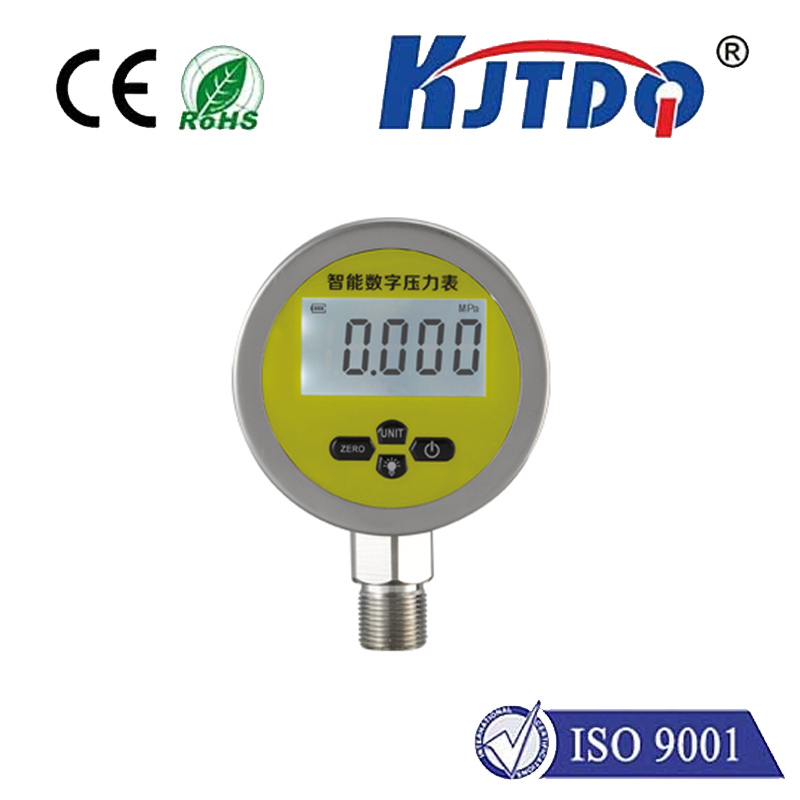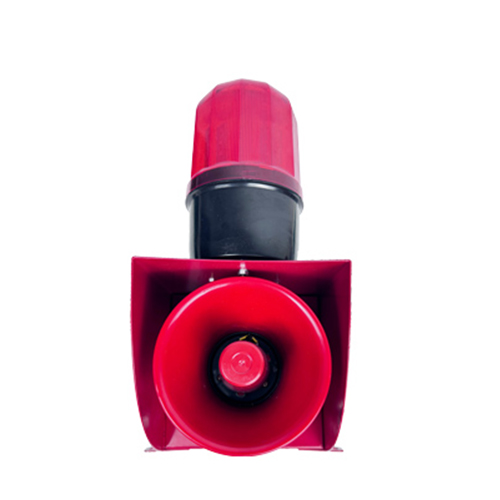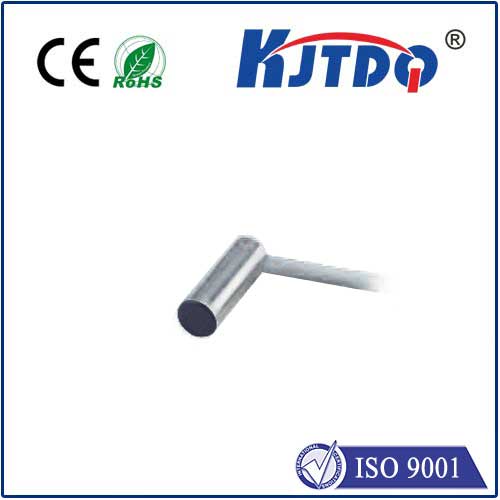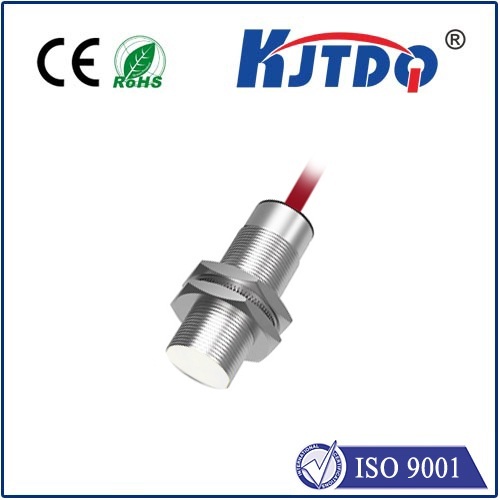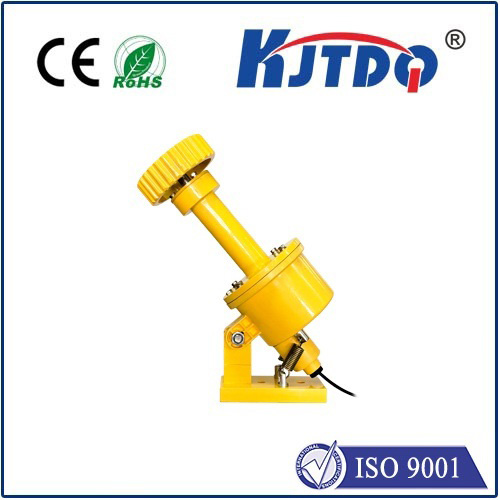

check

check

check

check

check

check

check

check

check

check
Title: Unlocking the Potential of Laser Distance Sensors for Short Range Applications
In today's fast-paced world, businesses are constantly seeking innovative solutions to improve their operations and increase efficiency. One such solution is the integration of laser distance sensors into their systems. By leveraging the power of these tiny devices, companies can gain valuable insights into their surroundings and make informed decisions in real-time. In this article, we will explore the potential of laser distance sensors for short range applications and how they can be leveraged to enhance various industries.
First and foremost, it is essential to understand what a laser distance sensor is and how it works. A laser distance sensor (LDS) consists of a laser source, an optical sensor, and a receiver. The laser emits light pulses that bounce off objects in the surrounding environment, creating a shadow that the optical sensor captures. The sensor then measures the time it takes for the light to travel to the shadow and back, allowing it to determine the distance between the sensor and the object. This technology offers high precision measurements within a wide range, making it suitable for various applications.

One of the primary benefits of laser distance sensors is their ability to provide accurate and reliable measurements over short distances. Whether you're measuring the height of a fence, the distance between two points on a conveyor belt, or even the proximity of vehicles on a highway, LDS can do the job with exceptional accuracy. Additionally, these sensors can operate continuously without requiring any maintenance, making them a cost-effective solution for businesses looking to streamline their operations.
Another advantage of laser distance sensors is their versatility. These sensors can be used in various industries such as manufacturing, logistics, construction, and agriculture. For example, in manufacturing facilities, LDS can be used to monitor the position of machines and ensure they are working efficiently. In logistics, they can help optimize routes for delivery trucks and prevent collisions. In construction, they can be used to measure the height of walls and ensure they meet safety regulations. And in agriculture, they can be employed to monitor crop growth and soil moisture levels.
In addition to their practical applications, laser distance sensors also offer several advantages when compared to traditional sensing methods. For instance, they do not rely on visible light like cameras or microphones, which can be affected by environmental factors such as fog, rain, or smoke. They also have a much shorter response time than other sensors, allowing for faster decision-making in emergency situations.
Despite their many advantages, there are still some limitations to consider when implementing LDS in short range applications. For example, these sensors may not be suitable for measuring distances greater than around 100 meters, depending on the type of laser used and environmental conditions. Additionally, some industries may require higher resolution measurements or specific features such as angle detection or 3D mapping.
To overcome these challenges, researchers and manufacturers are continually developing new and improved LDS technologies. Some recent advancements include the use of infrared or ultraviolet lasers for longer reach distances and more precise measurements in challenging environments. Others involve incorporating machine learning algorithms into the sensor's software to optimize performance and automate processes.
In conclusion, laser distance sensors hold tremendous promise for enhancing short range applications across various industries. Their ability to provide accurate and reliable measurements while offering versatility and cost-effectiveness makes them an attractive option for businesses seeking to streamline their operations and increase efficiency. As research continues to push the boundaries of this technology, we can expect to see even more innovative solutions emerge in the coming years.
